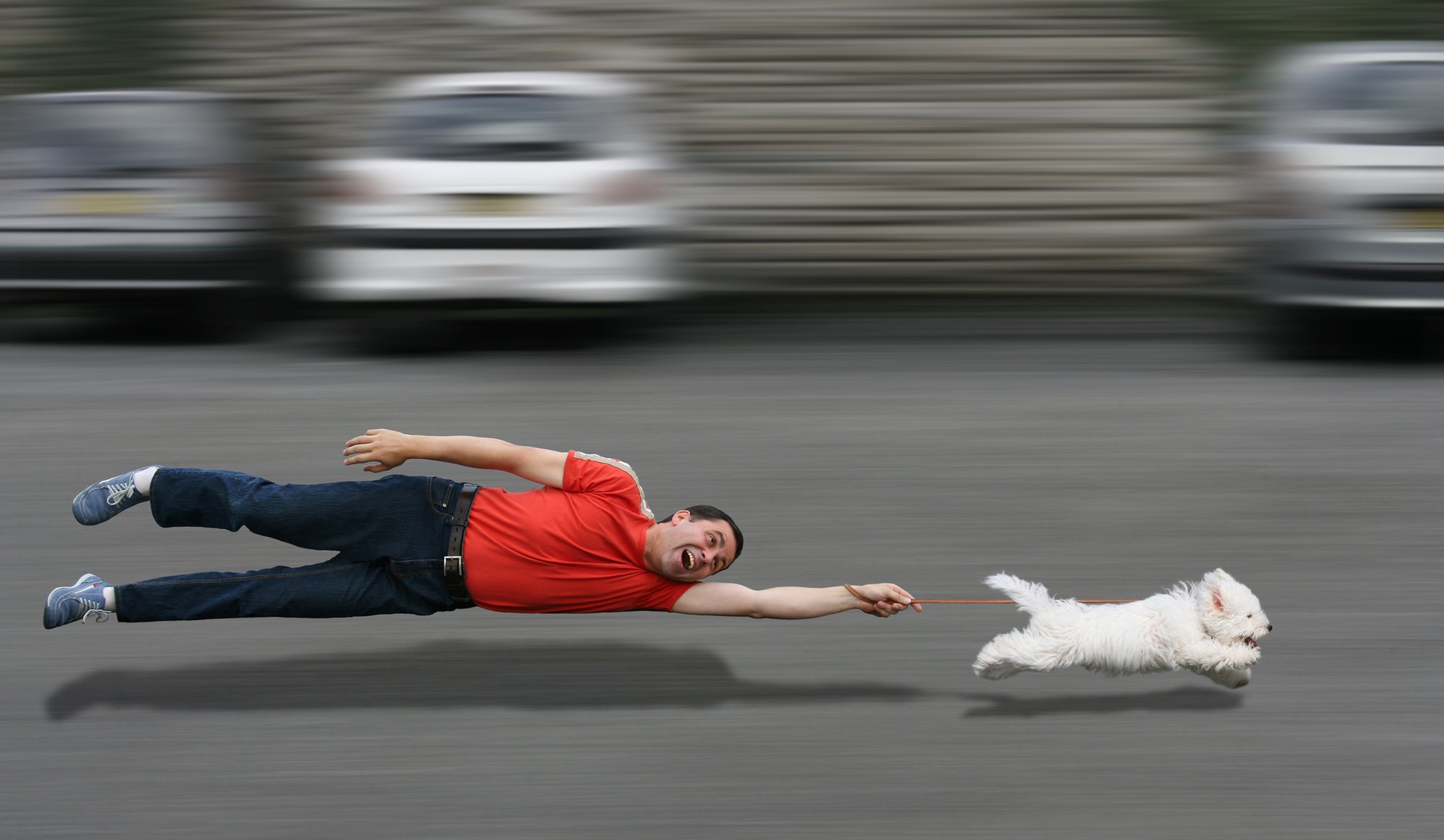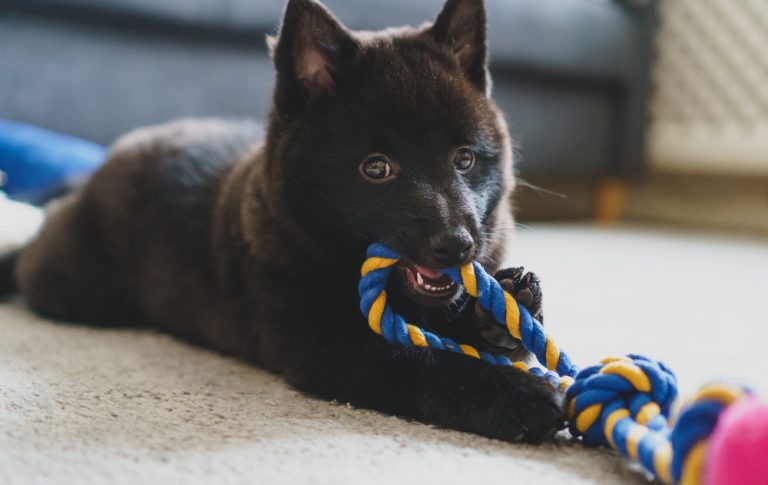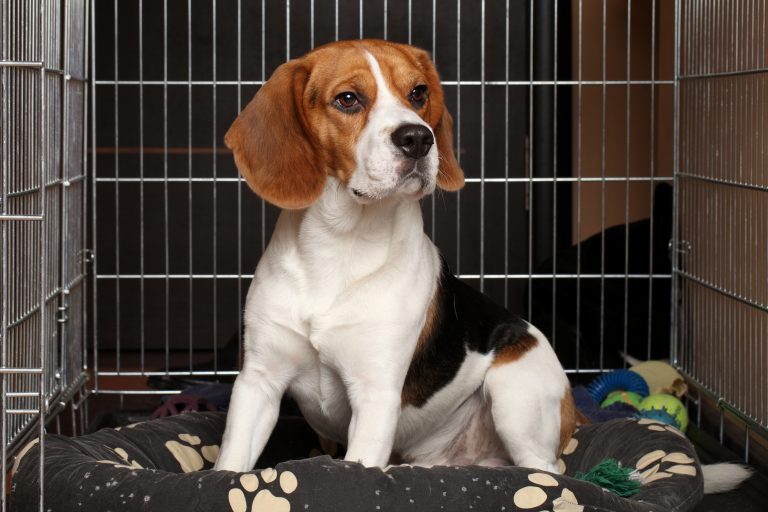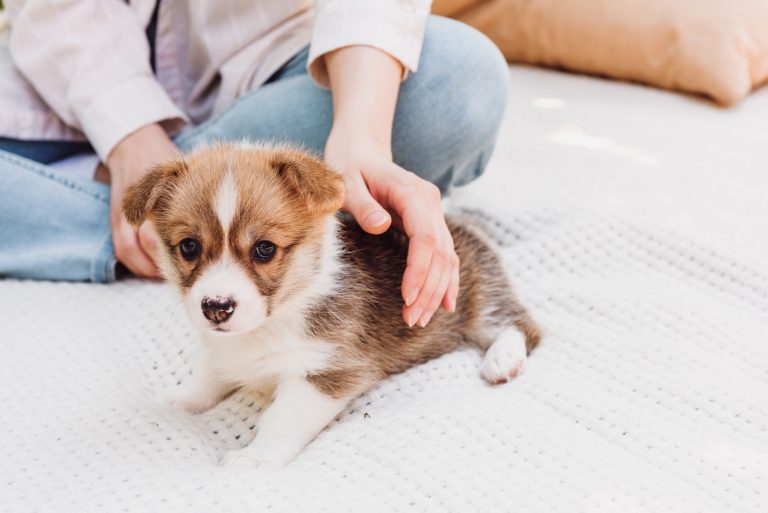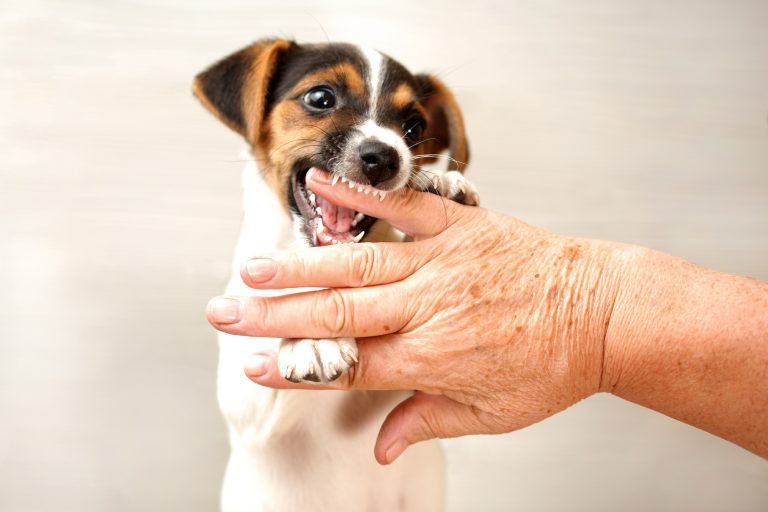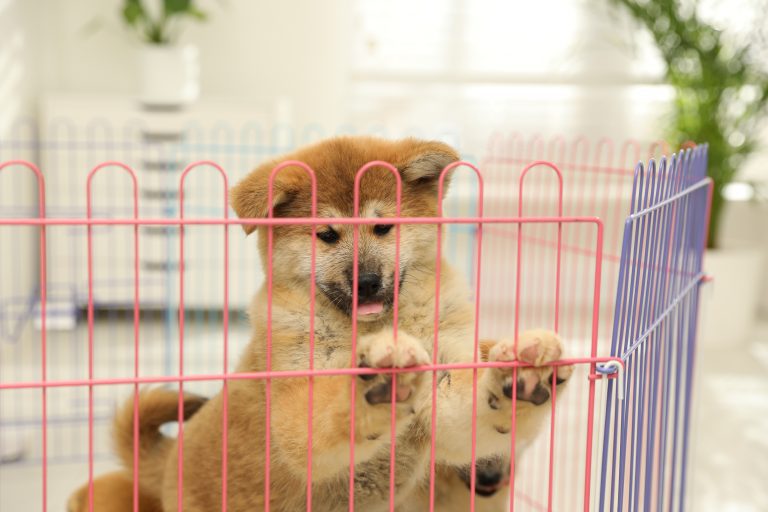What’s The Best Leash for Puppy Training?
Studies suggest that you should begin leash training a puppy at around four to six weeks. While that might sound young to begin training a small pup, it’s actually better to get started sooner rather than later.
Not sure if it’s the right time for your puppy? We get it; having a puppy is a great job, but it’s also a great responsibility. As the pup’s owner, it’s your responsibility to jump into the role of teacher and leader. This means that you need to ensure that you’re confident about your ability to teach them how to behave and what to do when you’re out in public.
Training a dog isn’t an easy task, and finding the right dog training method can help make it a bit easier. However, when adopting a puppy, you’ll find that leash training from the get-go is beneficial in the long run.
To carry out this activity, you will need more than just your dog and your desire to have a delightful walk with your beloved puppy. First, you’ll need to find the best leash for puppy training and likely also a comfortable harness.
Does Your Puppy Need a Harness?
Among the most used and comfortable options is the combination of a harness with a leash. Using a harness offers a little extra help if your puppy tends to “pull” you along on the walk and you feel like they’re dragging you behind. This will also be more comfortable for them; a harness distributes the pressure and force across their whole body instead of localizing it around their neck or on their shoulders.
Sometimes, your puppy might get spooked by something it sees and might run away. If you did not harness or leash your dog, you might not be able to chase after and catch it in time.
Also, a harness can prevent a smaller puppy from getting tangled up in the leash. While the best puppy training leash is strong, lightweight, and flexible, smaller puppies (and especially the clumsy ones) might find it difficult to walk if the lead is a bit longer or if it’s distracting them.
It’s important to note that many dog owners with large dog breeds choose to engage in puppy leash training with a harness because they know that their larger dog will require a harness when they’re grown. If your dog will grow into a big pup, training them with a harness from the get-go might be more manageable.
How to Pick the Best Leash for Your Puppy
Choosing the best leash for your dog will depend on the objective you are planning to achieve when going on a walk with it. If you are just going on a peaceful daily walk with your puppy, almost any collar and leash combination will do.
But, if by any chance your dog is going through a challenging, hyperactive phase complete with some unwanted behaviors or you’re trying to teach them a specific skill, the leash you choose will play an essential role in your success or failure.
Regardless of the type of puppy leash you choose, it’s essential to look at the following:
● The type of clip
● Your training goals
● The breed of your dog
The type of clip is important as most puppies tend to get a little wild when they’re first learning how to walk on a leash. If you have a rambunctious puppy or a strong-willed furbaby, you’ll notice that they can slip out of the collar or leash pretty easily. Choose a trigger snap clip for these types of puppies as it’s a bit more secure.
In terms of training goals, it’s best to look at whether or not you’ll be leash training your puppy indoors or outdoors. When training your puppy indoors, a thin, light nylon leash works best because it’s lightweight and won’t cause a lot of strain. When working on training your puppy outdoors, a nylon leash is still a good idea, but ensure that it’s a bit longer to allow them more room to move around.
What Are the Different Types of Puppy Leashes?
Let’s start by identifying different types of leashes. They come in a variety of lengths, widths, and styles. These styles are designed to cater to varying sizes of breeds and uses. Puppy leashes tend to cater to one specific goal, regardless of the type, which helps you maintain your dog’s safety while in public places. They also serve as a training aid.
Standard Puppy Leashes
When your puppy first begins its leash training, it’s recommended to look for a standard flat collar and a leash that’s up to four to six feet long. Anything longer might cause your puppy to trip or become entangled in the leash, and anything shorter won’t give them the proper space they need to engage in training.
In terms of material, most standard leashes for puppy training that are designed for general walking and training are made of nylon or leather. While you can find cotton and rubber options, they’re less durable and often become the subject of attack when your puppy begins teething and starts to bite a bit more.
Chain Puppy Leashes
Is your puppy going through its biting phase now? As an alternative to a standard leash, you’ll find another option called chain leashes, which have been designed for dogs that tend to chew and destroy other types of leashes. These are available in various weights and thicknesses to suit all sizes of dogs.
Retractable Puppy Leashes
Retractable dog leashes are one of the most popular on the market; they work similarly to a measuring tape that retracts and extends until you lock it into place. Usually, these can be extended anywhere from four to 30 feet, which makes them a great option for dog owners looking for a puppy leash that their little pup can grow into.
While using a retractable leash might seem like the best option, certain dog trainers note that these types of puppy leashes can teach your little one to pull, and might even encourage it. This is because a retractable leash has tension, and as your dog walks away, they are continually pulling to get to extend the leash and get to wherever they are trying to go.
Adjustable Puppy Leashes
If your puppy pulls a lot on its leash, a retractable leash might encourage them to continue engaging in that behavior. Likewise, if a chain leash feels too heavy for them, you might try an adjustable puppy leash.
These serve as a nice balance between the two types of puppy leashes mentioned above as they give you the chance to adjust the length of the leash without forcing the dog to feel a constant pulling sensation. In doing so, you’ll have firm control while still offering some freedom to the puppy at your will.
Martingale Puppy Leashes
Before diving into the description of martingale leashes, it’s important to note that we really only suggest these if your puppy is having a tough time learning not to pull. Try out other types of leashes first, and if they don’t work, you might want to resort to a martingale leash.
These types of leashes are used as a training aid, meaning that they’re not really designed to be used on older, more well-behaved dogs. Why? Martingale leashes tighten slightly around your puppy’s neck when it starts to pull. They don’t choke the dog, but they apply just enough pressure to prevent your dog from continuing to pull on the leash.
Think of this type of puppy leash as a form of communication rather than control. The idea is that when it tightens, you’re communicating to the puppy that what they’re doing is wrong. Eventually, they’ll learn to avoid that behavior.
Training Your Puppy Correctly
When choosing the best leash for puppy training, we recommend that we first think about your training goals and the type of puppy you have. If you have a very large, overactive puppy who is particularly prone to chewing, a chain leash might be best along with a harness, for example.
However, if your puppy is a bit older, and you’re planning on engaging in some distance training, a longer leash that’s up to 30 to 50 feet long might be a better option. Consider your training goals and your puppy’s behavior, and you’ll eventually find the right leash for your furkid.

